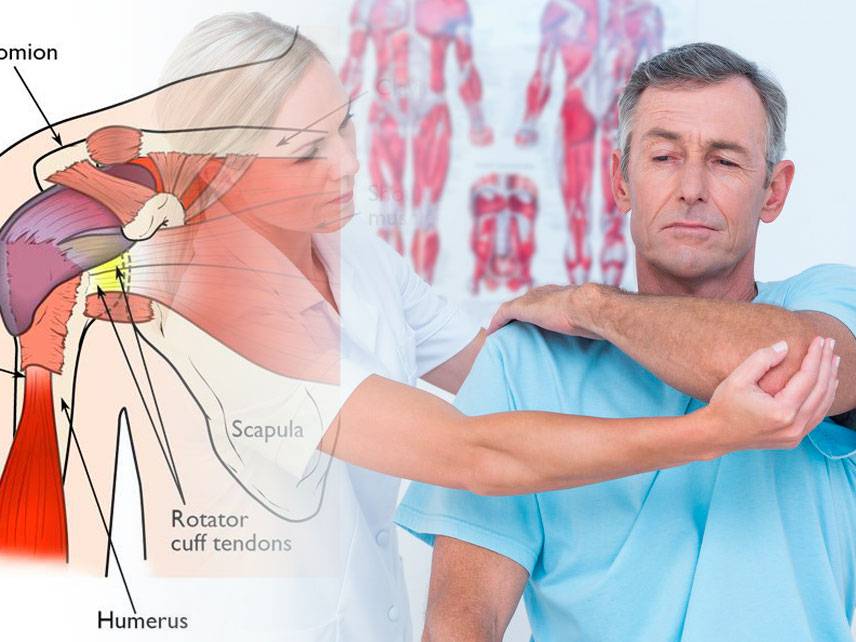Shoulder pain is a common complaint among adults of all ages. It can be caused by a number of different conditions, including inflammation, muscle strain, and rotator cuff injuries. This article will discuss the signs and symptoms of shoulder pain, the various causes, and the diagnosis and treatment options available.
Signs and Symptoms
The most common symptom of shoulder pain is a dull ache in the shoulder joint.
It may also be accompanied by a sharp pain or a burning sensation. Other symptoms may include:
-
Difficulty moving the shoulder
-
Swelling
-
Tenderness
-
Tingling or numbness
-
Loss of strength in the shoulder
Causes
Shoulder pain can be caused by a variety of conditions, including:
-
Rotator cuff injuries
-
Frozen shoulder
-
Bursitis
-
Osteoarthritis
-
Tendinitis
-
Muscle strains
-
Pinched nerves
Risk Factors
There are certain factors that can increase a person’s risk of developing shoulder pain, including:
-
Age – Shoulder pain is more common in people over 40
-
Overuse – Repeated use of the shoulder in activities such as sports or manual labor
-
Injury – Previous injury to the shoulder can increase the risk of developing shoulder pain
Prevention
In many cases, shoulder pain can be prevented or minimized by taking certain precautions, such as:
-
Stretching before and after exercise or physical activity
-
Wearing protective gear when participating in certain activities
-
Avoiding activities that can cause strain on the shoulder joint
-
Practicing good posture
Diagnosis
If you have persistent shoulder pain, it is important to see a doctor for a proper diagnosis. The doctor will ask about your symptoms and medical history, and may also perform a physical exam. In some cases, imaging tests such as X-rays or MRIs may be ordered to help make a diagnosis.
Treatment
Treatment for shoulder pain will depend on the underlying cause.
Treatment options may include:
-
Anti-inflammatory medications
-
Physical therapy
-
Corticosteroid injections
-
Surgery
-
Ultrasound therapy
-
Stretching and strengthening exercises
Coping and Support
Dealing with shoulder pain can be difficult, but there are a few things you can do to help cope with the pain. These include:
-
Resting the shoulder as much as possible
-
Applying ice or heat to the shoulder
-
Taking over-the-counter pain relievers
-
Trying relaxation techniques such as yoga or meditation
-
Joining a support group
Complications
In some cases, shoulder pain can lead to complications, such as permanent joint damage or chronic pain. It is important to seek medical attention if the pain lasts longer than a few days or is accompanied by other symptoms such as fever, swelling, or redness.
Living With Shoulder Pain
Living with shoulder pain can be challenging, but there are ways to manage it. It is important to follow your doctor’s treatment plan and to take care of your shoulder. It is also important to find ways to stay active, as exercise can help strengthen the muscles surrounding the shoulder and reduce pain. Additionally, practicing good posture and avoiding activities that put strain on the shoulder can help reduce the risk of further injury.
Shoulder pain is a common complaint among adults of all ages. It can be caused by a number of different conditions, including inflammation, muscle strain, and rotator cuff injuries. This article has discussed the signs and symptoms, causes, diagnosis, and treatment of shoulder pain, as well as tips for coping and support and advice for living with shoulder pain. If you are experiencing persistent shoulder pain, it is important to seek medical attention for a proper diagnosis.





